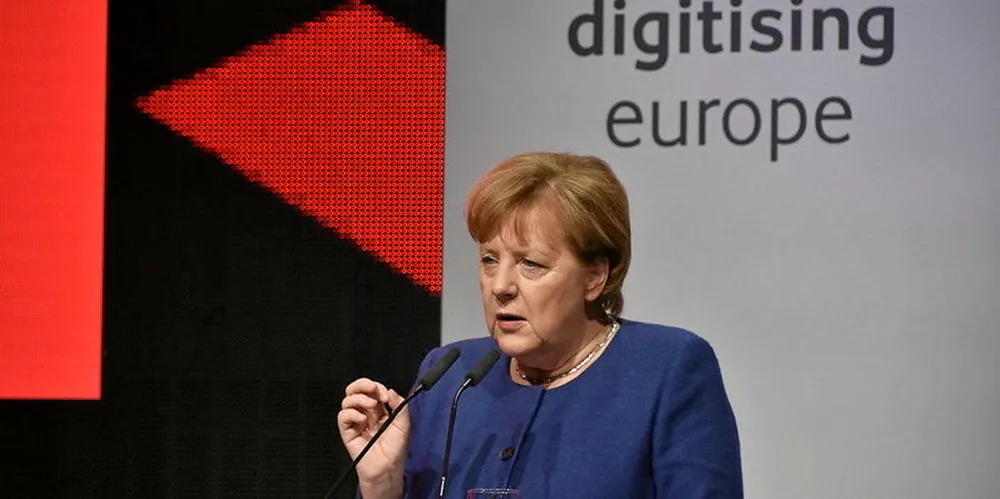'Maximum efficiency': Siemens claims new green hydrogen plant can be model for Germany
German giant to build facility in Bavaria powered by renewables and using electrolysis by-products for local industry

German giant to build facility in Bavaria powered by renewables and using electrolysis by-products for local industry
